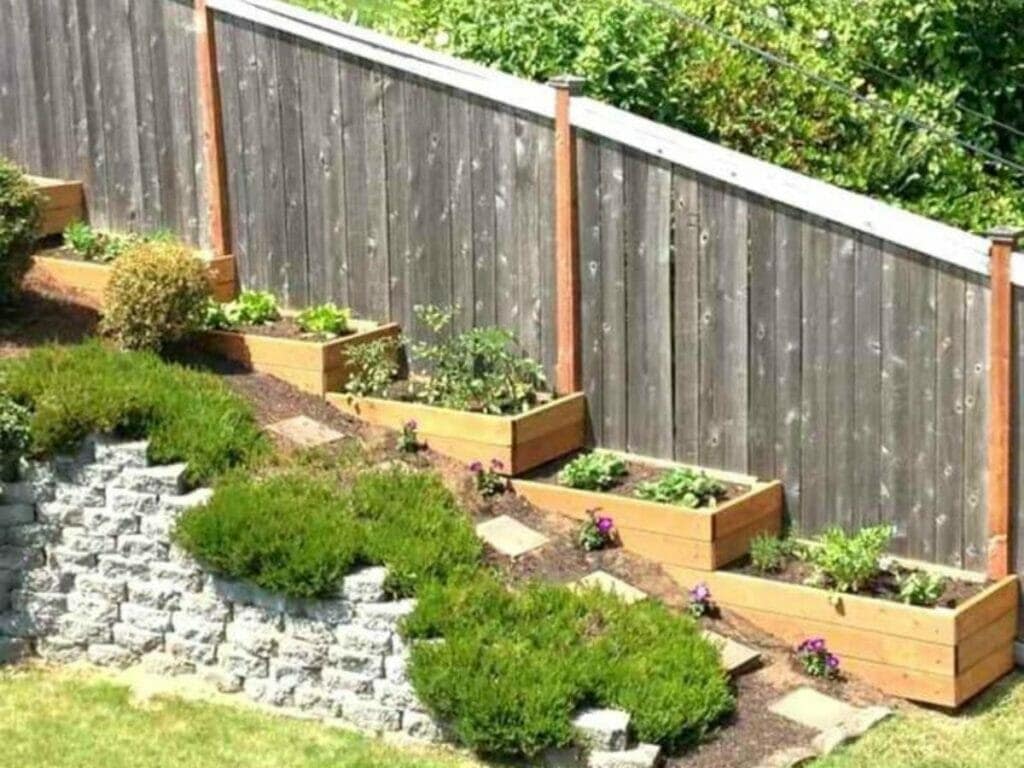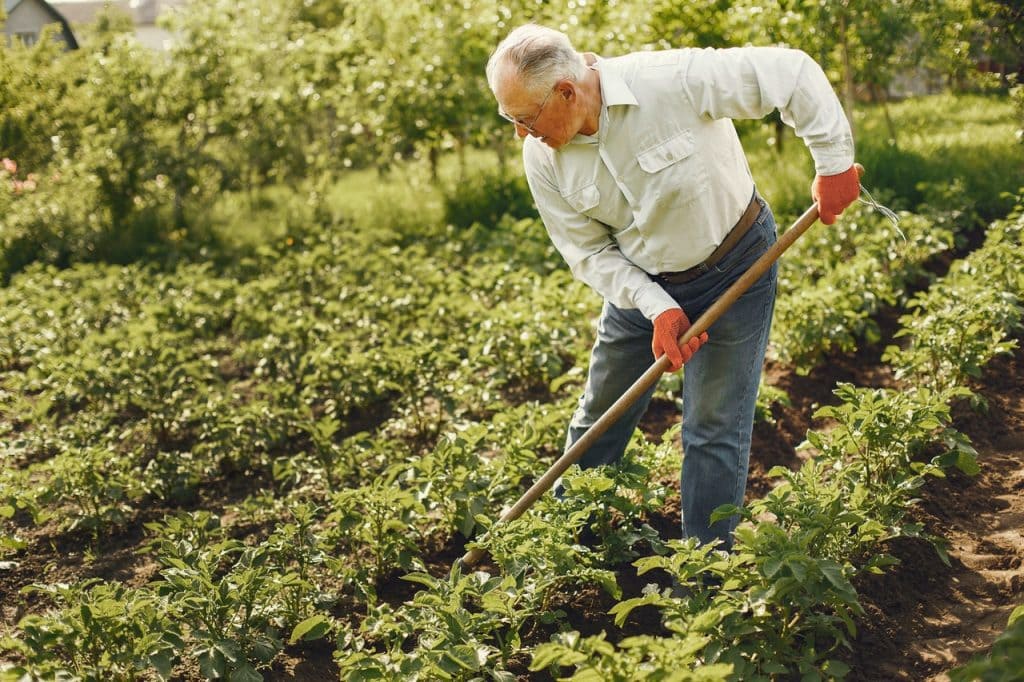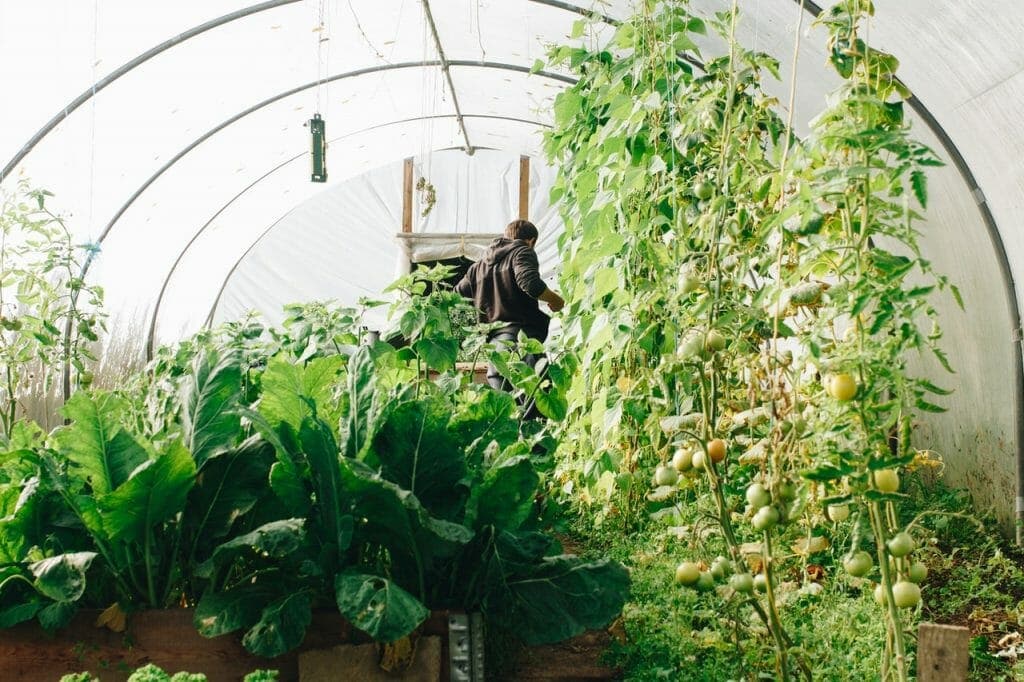The first step in building a tiered garden is checking your local building codes and regulations. You will also need to determine the dimensions of the tiers. Next, you will need to dig a trench for your first garden bed. This will serve as your guide for building the rest of the tiers.
Check your local building regulations
When building a tiered garden on a steep slope, it is vital that you check your local building regulations. Building a retaining wall or terrace is not always permitted in some areas, especially in places where the land is important, a habitat conservation zone, or a building may be damaged. Before you start work on your terrace, consider the length and width of the slope and then plan the terrace’s dimensions. The depth and width of the trenches will vary depending on the number of tiers, so make sure to plan accordingly.
Once you have a basic understanding of your site, consider the type of plants you want to grow. Make note of the amount of sun and shade the area receives, as well as any tall trees or structures that may hinder the growth of some plants. In shady areas, consider planting native plants like Indian grass, catmint, and lady ferns. In sunny areas, use flowering shrubs and climbers such as shrub roses.
Determine the size of your garden tiers
Before you get started on building a garden with tiers on a slope, you must determine how much space you have available for each level. Most people would like to have a large area for the garden. However, it’s not always possible to do this on their own. It’s best to enlist the help of a professional or hire someone to do this work for you.
The best way to design a garden with tiers on a slope is to consider the growing conditions of the land. Take note of the sun exposure, soil moisture, and other factors. You also need to take into account any tall structures or trees that might block the sunlight. Once you determine these factors, you can choose plants that grow well in shady areas. Some plants that do well in shady areas include wild ginger, hosta plants, lady ferns, and Indian grass. In addition to these, you can also plant shrub roses and catmint.
When planning a terrace garden on a slope, you must decide how many terraces you need and their heights. The height of each terrace should be between two and five feet.
Make a trench for your first garden bed
The first step in building a tiered garden on a steep slope is to make a trench. Dig the trench a little deeper than the level of the surrounding soil. Once the trench is dug, spread 2 inches of gravel over the surface. Then, remove any turf or soil that may have remained, and place it onto a tarp.
If the slope is steep, you can use chalk to mark the contours of your garden bed. Once the area is marked, make a trench about one eighth of the height of the retaining wall. Dig a trench at least as wide as the timber piece to prevent uneven soil and minimize runoff. Also, make sure the depth of the soil is equal across the entire trench. This will help your plants to receive the same amount of rainfall. Make sure to check the depth of the soil with a level.
Once you have the basic foundation of the terrace garden down, you can move on to preparing the first garden bed. The first garden bed should be at the base of the slope. Ideally, you should dig a trench that is deep enough to accommodate a foundational terrace layer. After that, you can dig the side trenches that will support the terrace garden.
Complete building the first garden bed
The first step in building a tiered garden on a steep slope is to create a foundation. This foundation is made of a mixture of soil and organic matter. The latter should make up at least 25% of the total soil content. Once the foundation has been constructed, you can begin planting. To make the soil richer and provide nutrients to plants, you can add compost. Finished compost is an excellent choice because it will add organic matter and nutrients to the soil without burning the plants.
Next, you must plan the size of each garden bed. Divide the length of the slope by two to determine how many beds you need. For instance, an eight-foot slope will require four garden beds. You should also consider the length of the beds. The length of each bed should be measured from front to back. If there are three rows of garden beds, each of them will be five feet long.
The second step in building a tiered garden on a steep slope is to establish a level area. This can be done by placing a stake perpendicular to the slope. If the soil is level, you can place a small amount of soil on each bed to create a flat surface. If you need to, place a hardware cloth over the bed to prevent animals from digging on the raised bed.

Install the drainpipe
Before building a tiered garden on a steep slope, make sure you have a clear idea of the slope’s dimensions. The slope should be deep enough to allow two feet of soil to fill each terrace. The slope should also be wide enough for the drainpipe to run all the way to the house.
You may want to mix vertical drains with French drains to keep the entire slope dry. By doing so, you will prevent a pool of water from accumulating at any one level. You may also want to install retaining walls on a slope. They are one of the best ways to prevent water from accumulating in one area. Unlike other landscaping methods, retaining walls also have the advantage of creating huge gaps that will allow water to run down the landscaping to prevent flooding.
Next, you will need to mark the final point where the drainage pipe will set. This can be a street, ditch, or stream. In any case, you will need to mark the depth of the slope here to make sure that the drainage pipe fits properly.
Repeat the process for the next garden beds
For raised garden beds on a slope, the process is a bit different than for those on a flat surface. You need more stability for your beds on a slope, so stakes are an essential component. Dig stake holes at four corners and fill them with soil.
Then, start defining the contours of the bed using a hose or string. Make sure the beds are a consistent size and that they are at the same height. Make sure to clear the area of rocks and debris that could get into the garden bed.
Can I Terrace a Slope With Stone?
When planning a garden, deciding how to terrace a slope can be challenging. Slopes have poor drainage and tend to erode easily. Rocks and boulders can hold the soil in place and give a slope a natural hardscape look. The additional benefit of natural elements is that they require less maintenance.
The foundation of a stone terrace should be anchored with deadmen, long stones that lay perpendicularly across the wall. This helps stabilize the structure and allows the weight of the garden soil to support the stone terrace. For a stone terrace, there should be about 16 square feet of exposed wall face.
Conclusion of the tiered garden on a slope
In the tiered garden, the arrangement of the landscape was influenced by the natural topography of the slope. This allowed for grand perspectives and sheltered, enclosed spaces. The mulching of the soil contributed to the improved soil structure. The mulching occurred once every two years at first and then less frequently, as the plants spread and filled in.



